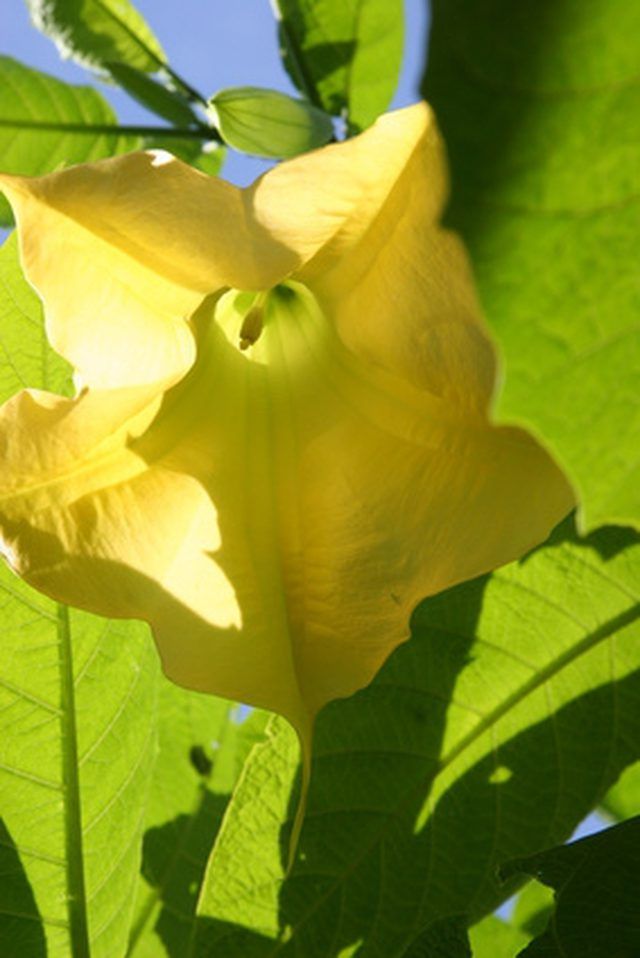Bulbs
Flower Basics
Flower Beds & Specialty Gardens
Flower Garden
Garden Furniture
Garden Gnomes
Garden Seeds
Garden Sheds
Garden Statues
Garden Tools & Supplies
Gardening Basics
Green & Organic
Groundcovers & Vines
Growing Annuals
Growing Basil
Growing Beans
Growing Berries
Growing Blueberries
Growing Cactus
Growing Corn
Growing Cotton
Growing Edibles
Growing Flowers
Growing Garlic
Growing Grapes
Growing Grass
Growing Herbs
Growing Jasmine
Growing Mint
Growing Mushrooms
Orchids
Growing Peanuts
Growing Perennials
Growing Plants
Growing Rosemary
Growing Roses
Growing Strawberries
Growing Sunflowers
Growing Thyme
Growing Tomatoes
Growing Tulips
Growing Vegetables
Herb Basics
Herb Garden
Indoor Growing
Landscaping Basics
Landscaping Patios
Landscaping Plants
Landscaping Shrubs
Landscaping Trees
Landscaping Walks & Pathways
Lawn Basics
Lawn Maintenance
Lawn Mowers
Lawn Ornaments
Lawn Planting
Lawn Tools
Outdoor Growing
Overall Landscape Planning
Pests, Weeds & Problems
Plant Basics
Rock Garden
Rose Garden
Shrubs
Soil
Specialty Gardens
Trees
Vegetable Garden
Yard Maintenance
Brugmansia Poisoning
Brugmansia Poisoning. The poisonous yet popular plant Brugmansia, or angel's trumpet, can cause a potentially fatal illness if ingested. Prized by gardeners for its large, trumpet-shaped flowers, all parts of the plant carry toxins which affect humans and animals alike.

The poisonous yet popular plant Brugmansia, or angel's trumpet, can cause a potentially fatal illness if ingested. Prized by gardeners for its large, trumpet-shaped flowers, all parts of the plant carry toxins which affect humans and animals alike.
Brugmansia
The large flowering shrub Brugmansia originates from South America. The plant requires a warm and humid environment in order to grow, making it a common addition to gardens across the lower half of the United States. Brugmansia also makes a common addition to indoor gardens in colder areas were the plant cannot survive outside. According to Floridata, incorporating Brugmansia in gardens has been banned in some areas due to its toxic nature.
Toxin
All parts of Brugmansia contain tropane alkaloids, dangerous toxins known to have hallucinogenic effects. The seeds of the plant, located within the blooming flower, contain the highest concentration of the poison. Because of the tropane alkaloids, Brugmansia has commonly been used as a hallucinogenic drug. Each plant has a different level of tropane alkaloids, making this practice dangerous and unpredictable.
Symptoms
According to the National Institutes of Health, symptoms include delirium, hypertension, increased heart rate (tachycardia) and increased pupil dilation. Brugmansia poisoning also carries with it the possibility of fatality; however, when properly treated, the chance of death is low. Humans and animals exhibit similar symptoms of Brugmansia poisoning. However, animals tolerate a significantly lower dosage than do humans.
Treatment
Treatment for Brugmansia poisoning involves stomach pumping, sedation and close monitoring of the patient until the effects pass. Patients need to be kept in a hospital while the effects last to ensure that treatment is available should more serious symptoms such as seizures occur.
Warning
If you have ingested any part of the Brugmansia plant, seek medical attention immediately. Brugmansia is not a safe hallucinogenic and can cause death. The poisoning severely affects animals as well; if ingestion occurs, take the animal to the veterinarian for care.